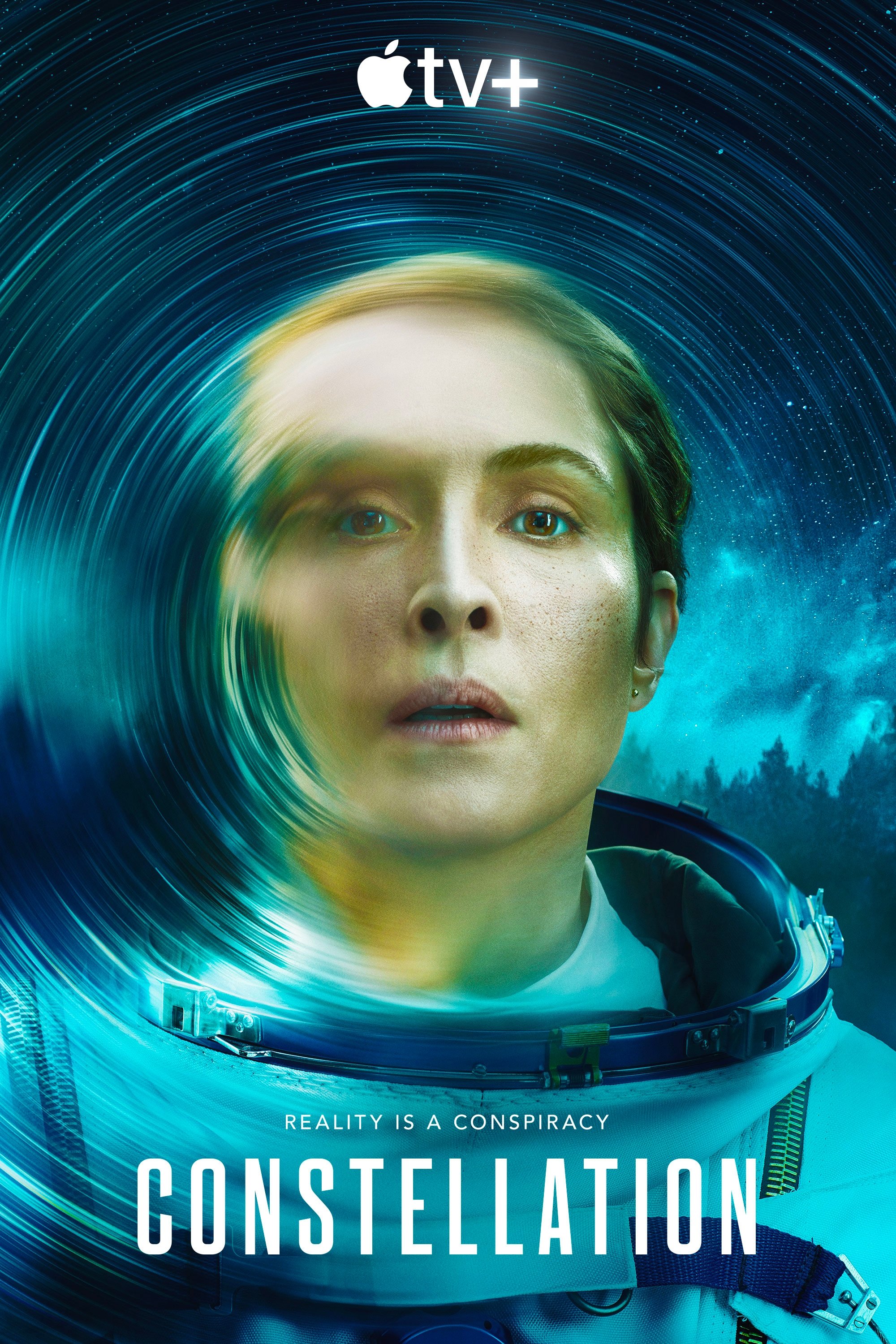Movie Rules 2025: The Game Changer In The Film Industry
So listen up, folks. The movie industry is about to hit a new level in 2025, and we’re not just talking about bigger explosions or cooler CGI. Movie rules 2025 are here, and they’re shaking things up in ways you might not even realize. It’s not just about what’s happening on the screen; it’s about how movies are made, distributed, and consumed. If you’re a movie lover, this is the info you need to stay ahead of the game.
Imagine this: a world where movies are more interactive, more inclusive, and way more aligned with what audiences actually want. That’s the future we’re stepping into, and the rules are changing faster than you can say "blockbuster." The studios, filmmakers, and even you, the viewer, are all part of this massive shift. So buckle up because we’re diving deep into the new movie rules 2025.
Now, if you’re wondering why this matters, think about it like this. Movies aren’t just entertainment anymore. They’re cultural touchstones, economic powerhouses, and platforms for change. The new rules aren’t just guidelines; they’re the blueprint for the next generation of cinema. Let’s break it down and see how this is going to affect your movie-watching experience.
Read also:Unveiling The Enigma Andrew Lee The Visionary Whos Redefining Success
Understanding the New Movie Rules 2025
What Exactly Are These New Rules?
Alright, so let’s start by breaking down what these movie rules 2025 really mean. At their core, they’re about adaptation. The industry is responding to the rapid changes in technology, audience preferences, and global trends. For example, streaming platforms have completely disrupted the traditional movie release model. Instead of waiting weeks or even months for a movie to hit theaters, audiences can now watch the latest releases from the comfort of their couches.
This shift has forced studios to rethink their strategies. They’re focusing more on creating content that resonates with diverse audiences, leveraging data-driven insights, and exploring new distribution models. And guess what? It’s not just about Hollywood anymore. The global film market is booming, with countries like India, China, and Nigeria producing some of the most innovative and successful films in recent years.
Key Changes in Movie Production
One of the biggest changes in movie rules 2025 is how films are produced. Technology is playing a huge role here. Virtual production, AI-assisted editing, and advanced VFX are becoming the norm. This means that filmmakers can create more complex and visually stunning movies without breaking the bank. Plus, the use of AI in scriptwriting and character development is opening up new possibilities for storytelling.
But it’s not just about the tech. Sustainability is also a big focus. Studios are adopting greener practices, from reducing carbon footprints on set to using eco-friendly materials in production. This isn’t just a trend; it’s a necessity. Consumers are more conscious than ever about the environmental impact of the products they consume, and movies are no exception.
The Impact on Movie Distribution
Streaming vs. Theaters: A New Era
Let’s talk about the elephant in the room: streaming. Platforms like Netflix, Amazon Prime, and Disney+ have completely transformed how movies are distributed. According to a report by Statista, the global streaming market is expected to reach $120 billion by 2025. That’s insane! And it’s not just about the numbers. Streaming has given audiences unprecedented access to a wide range of content from around the world.
But what does this mean for theaters? Well, they’re not going anywhere anytime soon. However, theaters are adapting by offering premium experiences, like IMAX screenings, 4D effects, and even dine-in options. It’s all about giving people a reason to leave their homes and enjoy the big screen experience. So, it’s not necessarily a battle between streaming and theaters; it’s more like a coexistence where both platforms serve different purposes.
Read also:Alex Frenk The Man Revolutionizing The World Of Digital Innovation
The Rise of Hybrid Releases
Another major change in movie rules 2025 is the rise of hybrid releases. This means that movies are released simultaneously in theaters and on streaming platforms. It’s a strategy that allows studios to maximize their reach and revenue. For example, Warner Bros. adopted this model during the pandemic, and it worked like a charm. Movies like "Wonder Woman 1984" and "Judas and the Black Messiah" saw massive success both in theaters and on HBO Max.
Of course, this approach has its pros and cons. On one hand, it gives audiences more flexibility in how they watch movies. On the other hand, it can be a bit overwhelming for viewers who have to decide where to watch. But hey, choice is always a good thing, right?
Audience Preferences and Engagement
What Do Audiences Want in 2025?
Audiences are more demanding than ever, and movie rules 2025 reflect that. People want movies that are not only entertaining but also meaningful. They want stories that reflect their experiences, cultures, and values. This is why diversity and representation are such big deals in the film industry today. Movies are no longer just about escapism; they’re about connection.
And let’s not forget about interactivity. Audiences love being part of the storytelling process. Whether it’s through social media campaigns, fan-driven content, or even interactive movie experiences, the line between creator and consumer is blurring. This shift is giving rise to new forms of storytelling that are more engaging and participatory.
The Role of Social Media in Movie Marketing
Social media has become a powerful tool in movie marketing. Platforms like Instagram, Twitter, and TikTok are being used to create buzz, engage with fans, and build communities around films. For example, the marketing campaign for "Black Panther" was a masterclass in leveraging social media to amplify the film’s message of empowerment and representation.
In 2025, this trend is only going to grow. Studios are investing heavily in social media strategies that focus on authenticity, engagement, and community-building. It’s not just about promoting the movie; it’s about creating a movement. And guess what? It’s working. Movies that have strong social media presence tend to perform better at the box office and on streaming platforms.
Technological Advancements in Movie Making
The Future of Virtual Production
Virtual production is one of the most exciting developments in movie rules 2025. It allows filmmakers to create entire worlds in real-time using advanced technology like LED walls, motion capture, and real-time rendering. This means that directors can see the final product while they’re shooting, which saves time and money. It also allows for more creativity, as filmmakers can experiment with different environments and scenarios without the need for physical sets.
One of the best examples of virtual production is Disney’s "The Mandalorian." The show used LED walls to create stunning backdrops that looked like they were shot on location. This not only saved production costs but also gave the show a unique visual style that fans loved.
AI in Movie Production
AI is also making waves in the movie industry. From scriptwriting to post-production, AI is being used to streamline processes and enhance creativity. For example, AI algorithms can analyze scripts to identify potential issues with pacing, dialogue, or character development. They can also assist with editing by suggesting cuts and transitions that improve the flow of the movie.
But AI isn’t just about efficiency; it’s also about innovation. Filmmakers are using AI to create new types of characters, explore alternative storylines, and even generate music for soundtracks. The possibilities are endless, and the industry is just scratching the surface of what AI can do.
Global Trends in the Film Industry
The Rise of International Cinema
As we move into 2025, the global film industry is more diverse than ever. Countries like India, China, and Nigeria are producing some of the most exciting and innovative films today. Bollywood, for example, is known for its larger-than-life productions and unique storytelling style. Chinese cinema, on the other hand, is gaining popularity for its high-quality action and sci-fi films. And Nollywood is making waves with its authentic portrayals of African life and culture.
This global trend is not only expanding the film market but also enriching the storytelling landscape. Audiences are exposed to new perspectives, cultures, and narratives that they might not have encountered otherwise. And as the industry becomes more interconnected, collaborations between filmmakers from different countries are becoming more common. This is leading to the creation of films that are truly global in scope and appeal.
Sustainability in Movie Production
Sustainability is another key trend in the film industry. Studios are recognizing the importance of reducing their environmental impact and are taking steps to make production more eco-friendly. This includes using renewable energy sources, reducing waste on set, and sourcing materials locally.
For example, the production of "Dune" used solar panels to power its sets in Jordan, and the team behind "The Batman" implemented a zero-waste policy on set. These initiatives not only help protect the planet but also resonate with audiences who are increasingly concerned about environmental issues.
Challenges Facing the Movie Industry
Piracy and Intellectual Property
Despite all the progress, the movie industry still faces significant challenges. One of the biggest is piracy. With the rise of digital distribution, it’s become easier than ever for people to access movies illegally. This not only hurts the studios financially but also undermines the value of intellectual property.
Studios are fighting back by investing in anti-piracy technologies and legal action against offenders. But the battle is far from over, and it’s something that the industry will need to continue addressing in the years to come.
The Impact of AI on Jobs
Another challenge is the impact of AI on jobs in the film industry. While AI is creating new opportunities, it’s also raising concerns about job displacement. For example, if AI can write scripts or edit movies, what does that mean for screenwriters and editors? It’s a question that the industry will need to grapple with as technology continues to evolve.
However, it’s important to note that AI is not a replacement for human creativity. It’s a tool that can enhance and complement it. The key is finding the right balance between technology and human talent.
Conclusion
So there you have it, folks. The movie rules 2025 are here, and they’re shaping the future of cinema in exciting and unexpected ways. From advancements in technology to changes in distribution and audience engagement, the industry is evolving faster than ever. And as a movie lover, this is great news for you. You’re about to experience a whole new world of cinema that’s more inclusive, innovative, and interactive.
But here’s the thing: this is just the beginning. The industry will continue to evolve, and the rules will keep changing. So, stay informed, stay curious, and most importantly, keep watching. And hey, if you’ve got something to say about all this, drop a comment below or share this article with your friends. Let’s keep the conversation going!
Table of Contents:
Understanding the New Movie Rules 2025
What Exactly Are These New Rules?
Key Changes in Movie Production
The Impact on Movie Distribution
Streaming vs. Theaters: A New Era
The Rise of Hybrid Releases
Audience Preferences and Engagement
The Role of Social Media in Movie Marketing
Technological Advancements in Movie Making
The Future of Virtual Production
AI in Movie Production
Global Trends in the Film Industry
The Rise of International Cinema
Sustainability in Movie Production
Challenges Facing the Movie Industry
Piracy and Intellectual Property
The Impact of AI on Jobs


